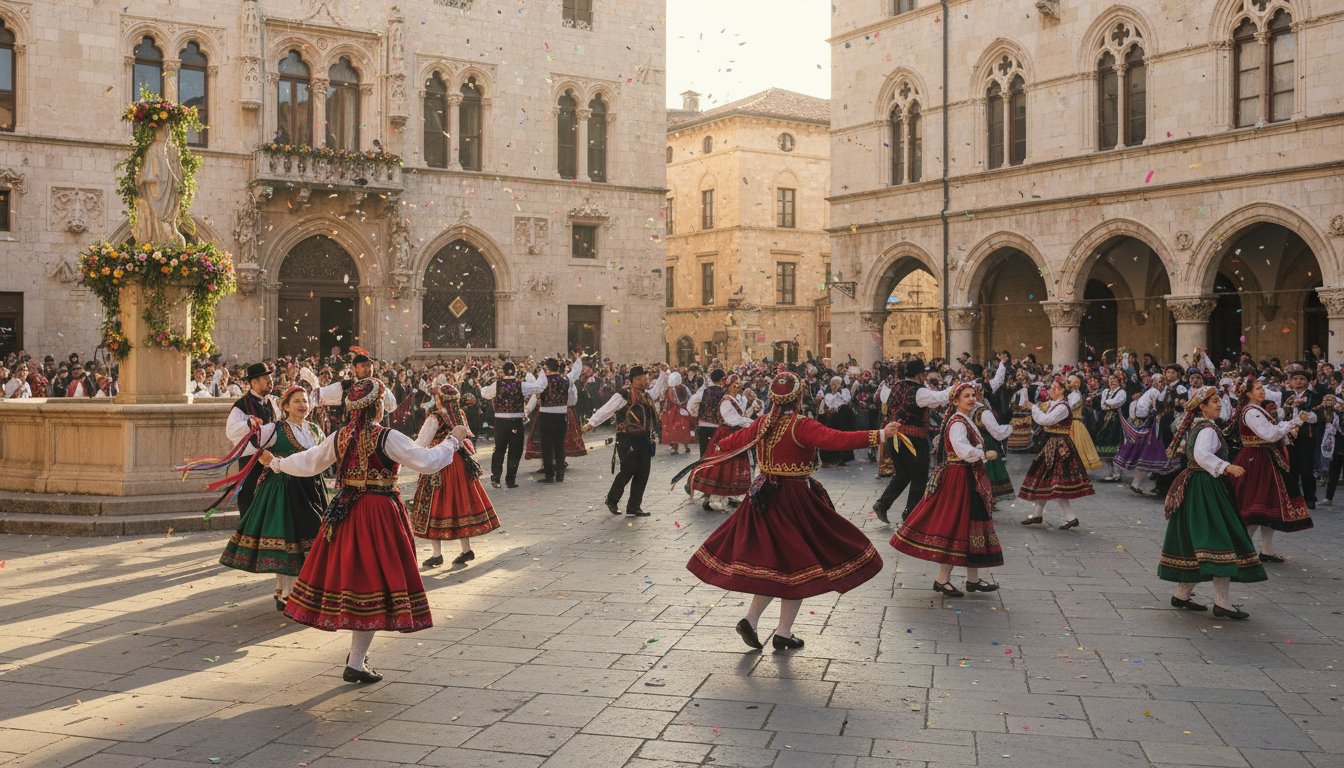In an increasingly globalized world, the preservation of unique local culture and identity faces ongoing challenges. Yet, a vibrant counter-trend is emerging: festival tourism. This form of travel, which centers on attending authentic cultural, religious, and historical celebrations, offers a powerful and sustainable means of protecting local traditions, languages, and art forms. Unlike conventional sightseeing, festival tourism provides an immersive, emotional experience that connects travelers directly with the heart of a community.
For communities, hosting a major, authentic festival ensures that traditions are actively practiced, passed down to younger generations, and celebrated rather than simply memorialized. Furthermore, when managed sustainably, it provides an economic driver that encourages the maintenance of cultural skills, traditional attire, music, and cuisine. For the savvy traveler, seeking authentic cultural connection is a key trend for 2025, making these events some of the most coveted experiences globally.
The Economic and Cultural Symbiosis
The relationship between festivals and local preservation is symbiotic. When tourists attend an event, they are not just spectators; they become consumers of cultural heritage. They buy local crafts, hire local guides, and spend money on traditional food and drink. This direct economic injection ensures the profitability of cultural preservation.
- Funding Traditional Arts: The revenue generated through festival tourism often directly funds the complex preparation needed for the event—the creation of elaborate costumes, the maintenance of historic parade floats, and the training of traditional musicians and dancers. Without this economic support, many of these highly specialized and often expensive cultural arts would face inevitable decline.
- Intergenerational Knowledge Transfer: The need for performers, artisans, and storytellers keeps traditional knowledge alive. Children and young adults are motivated to learn the dances, the songs, and the crafts because there is a tangible, visible, and celebrated role for them in the community’s biggest annual event. This intergenerational transfer is the most reliable way of preserving local culture and identity.
Case Study 1: The Pushkar Camel Fair, India
The Pushkar Camel Fair in Rajasthan is a prime example of festival tourism’s impact. Primarily a traditional livestock trading event for local herders, the influx of international tourists has transformed it into a world-renowned cultural spectacle. While the economic activity of trading camels and horses remains crucial to the local economy, the tourism aspect has helped preserve the traditional attire, the oral storytelling traditions, and the unique nomadic lifestyle of the surrounding tribes. The festival maintains its core purpose while utilizing tourism to finance the grand scale of the celebration, ensuring that the unique cultural flavor is not diluted.
Case Study 2: The Carnival of Oruro, Bolivia
Recognized by UNESCO as a Masterpiece of the Oral and Intangible Heritage of Humanity, the Carnival of Oruro is one of the largest cultural events in South America. Its central feature is the Diablada (Dance of the Devils), which is a syncretic blend of indigenous Andean traditions and Catholic rituals introduced by the Spanish. The festival is a powerful expression of collective identity and belief.
The massive, intricate costumes, which can take a year to create, and the traditional dances performed by thousands of participants are entirely funded and maintained through the pride and economic support generated by the event. Tourists who attend this event are witnessing a deep, authentic spiritual and cultural display that is vital to the community, directly contributing to preserving local culture and identity through their presence and spending.
Beyond the Party: Voluntourism and Wellness Integration
The trend is moving away from purely hedonistic events toward those with a deeper meaning. Festival tourism is increasingly intersecting with other authentic travel forms.
- Voluntourism at Festivals: Some travelers are now opting to participate in the preparation stages of festivals, offering their time to help with set construction, clean-up, or community outreach. This ‘voluntourism’ provides a more authentic, hands-on connection than simple observation and helps manage the event’s environmental footprint, a concern highlighted in the push for sustainable tourism.
- Wellness Retreats and Festivals: There is a growing movement to integrate local wellness and spiritual practices into festival experiences. For instance, attending a traditional healing ceremony as part of a larger cultural festival allows for a deeper appreciation of indigenous knowledge systems, turning the trip into a personal wellness retreat as well as a cultural one.
Sustainable Management is Key
While the benefits are clear, it is essential that festival tourism is managed under the principles of sustainable tourism. Over-tourism can lead to the commercialization and ‘falsification’ of culture, where events are performed solely for the tourist gaze, losing their true meaning.
Local authorities and event organizers must collaborate to:
- Limit Capacity: Implement ticketing or quotas to prevent the environmental and cultural strain of overcrowding.
- Ensure Authenticity: Prioritize the original religious, historical, or community purpose of the event over commercial gain.
- Direct Economic Benefit: Implement policies that ensure tourism revenue directly supports the local community and the artists, rather than external corporations.
When these principles are followed, festival tourism becomes a powerful tool. It allows the world to savor the world of human diversity, making it one of the most enriching and culturally significant forms of travel for the modern explorer while simultaneously preserving local culture and identity for generations to come.


